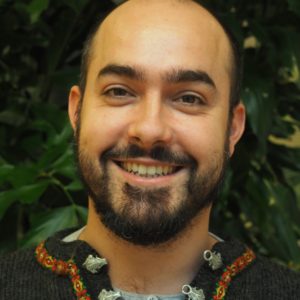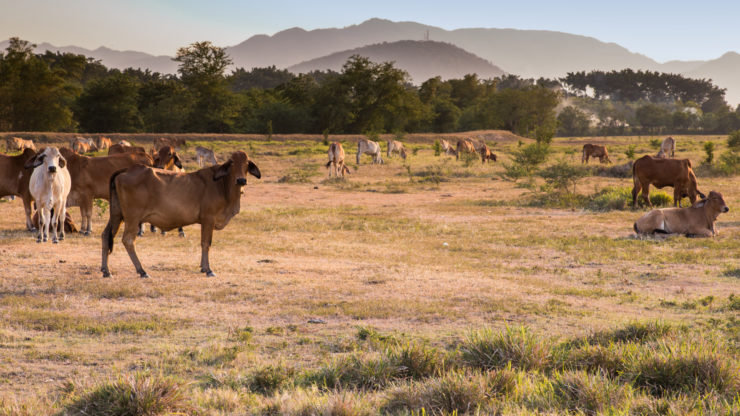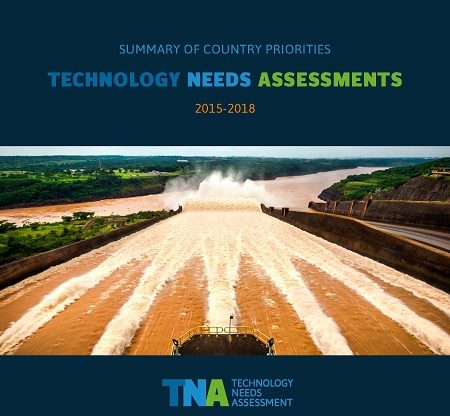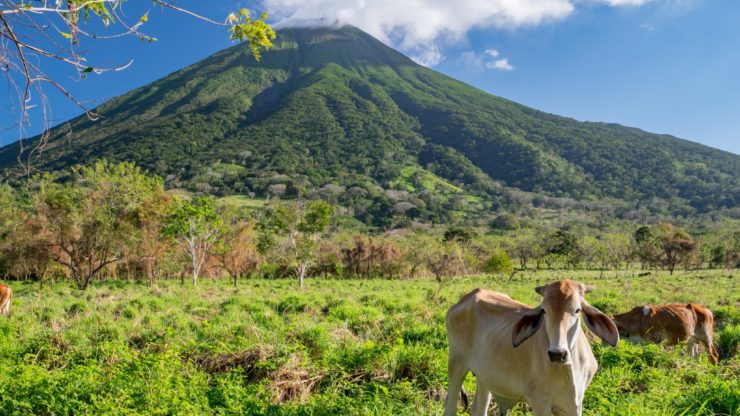Livestock farming in Latin America generates high greenhouse gas emissions but is also the main source of income for vulnerable populations that could be most affected by climate change. In Honduras and Nicaragua, the livestock sector is of great economic importance, occupying more than 30% of the territory. It contributes between 10‐18% of GDP, and is the main livelihood for more than 700,000 people. To address these challenges this project aimed at facilitating a shift towards alternative livestock farming practices, which increase farm productivity while at the same time reducing emissions and adressing foreseen adaptation needs.
The project established a baseline and developed “sustainability scenarios” outlining the economic, social and environmental implications of today’s livestock practices, versus alternative sustainable farming practices.
The identification and prioritization of practices is however not enough to ensure that the practices will actually be implemented. This project identified lack of financing, lack of knowledge from the farmers’ side, lack of technical assistance to implement and maintain the practices, as well as the market conditions hampering investment capacity as the main barriers to a more sustainable livestock ector in Nicaragua nd Honduras.
The identified solutions to overcome these barriers target specifically financing and knowledge gaps and assistance.
Through selection of practices and analysis of their impact and barriers and ways to overcome them, it was possible to finalize a NAMA concept for Honduras and a Low Carbon Development Strategy (LCDS) for Nicaragua.
The main outputs of the project were:
(i) Development of baseline and ‘sustainability’ scenarios, outlining the economic, social and environmental implications of today’s (baseline) versus alternative (‘sustainability’) farming practices;
(ii) Preparation of ‘Sustainability roadmaps’, charting the steps required to implement one ‘sustainability’ scenario (including actors concerned, technologies involved, possible policy options and likely timeframes);
(iii) Articulation of NAMA descriptions for Honduras and LCDS for Nicaragua for key mitigation options in the sector, identified and designed through a consultative group established for the project.
Project websiteShare this
Focus area: Climate Planning and Policy, Empowering climate action in developing countries







